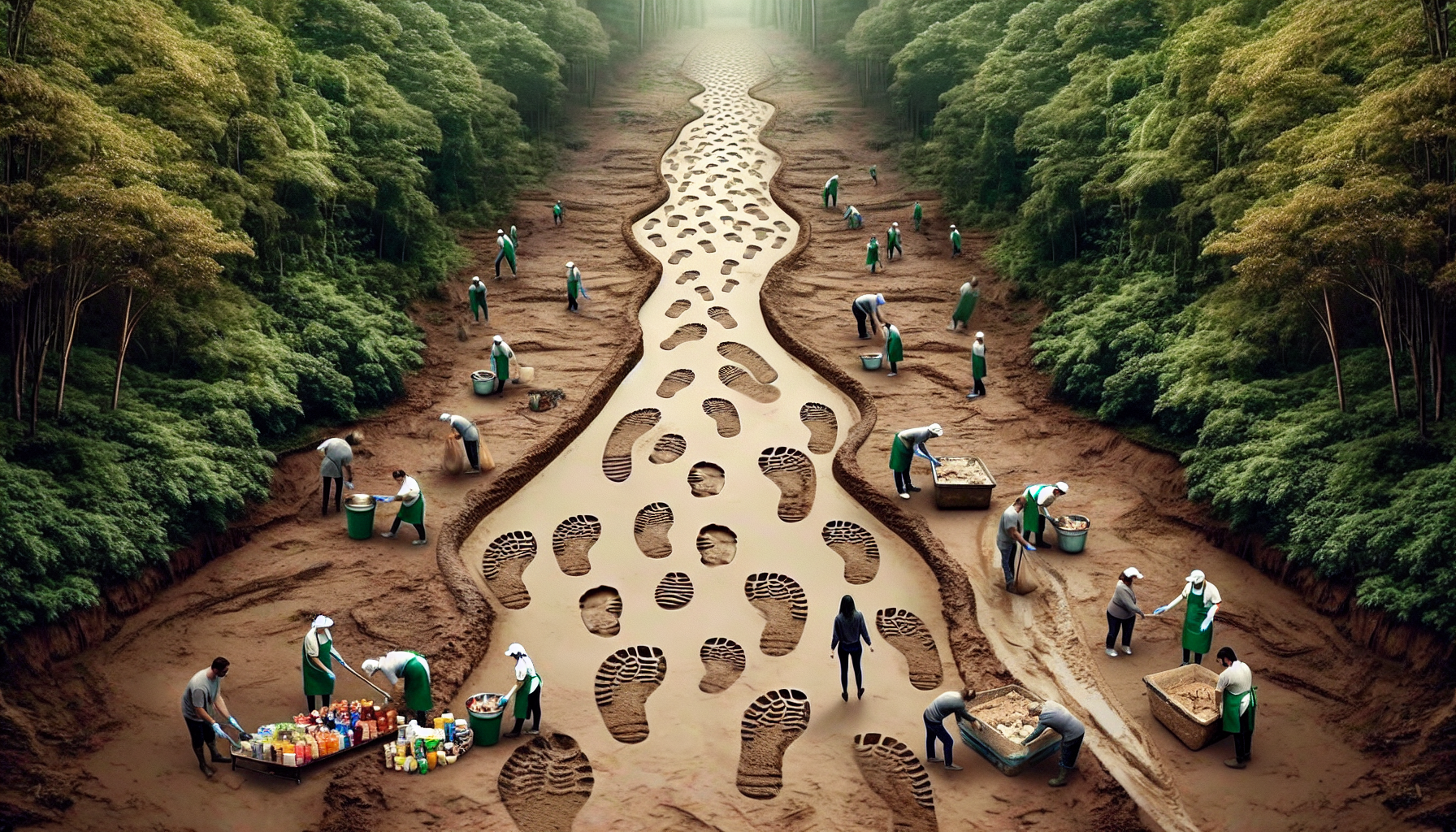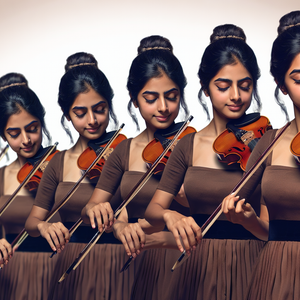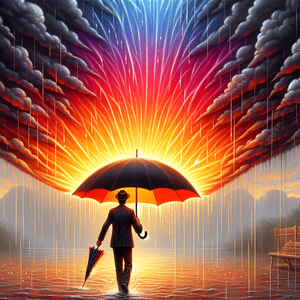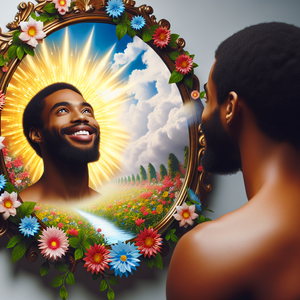Unveiling the Magic of Animation Studios in Los Angeles

No discussion of animation in Los Angeles would be complete without mentioning the giants of the industry. Walt Disney Animation Studios, founded in 1923 by Walt and Roy Disney, has been a pioneer in animated storytelling. Known for its groundbreaking work, Disney introduced classic films such as Snow White and the Seven Dwarfs, which was the first-ever full-length animated feature film, and later masterpieces like The Lion King and Frozen. Disney's commitment to innovation—from the use of Technicolor to computer-generated imagery (CGI)—has not only revolutionized the medium but has also set the standard for quality in animation. Disney's influence extends beyond film into theme parks, television, and merchandise, making it a cultural juggernaut. Similarly, DreamWorks Animation, established in 1994 by Steven Spielberg, Jeffrey Katzenberg, and David Geffen, quickly became a formidable player in the animation landscape. With hits like Shrek, Kung Fu Panda, and How to Train Your Dragon, DreamWorks is known for its unique approach that blends humor with heart, appealing to both children and adults. Their emphasis on character-driven stories combined with groundbreaking animation techniques has garnered numerous awards and a loyal fanbase, solidifying its place in the industry. The studio’s willingness to tackle diverse themes and characters has broadened the scope of animated storytelling, making it a key player in the evolution of animation.
The Indie Revolution: Emerging Voices in Animation
While Disney and DreamWorks dominate the mainstream narrative, Los Angeles is also home to a burgeoning indie animation scene. Studios like Laika have gained recognition for their stop-motion masterpieces, including Coraline and Kubo and the Two Strings. Laika's films are notable for their intricate craftsmanship and willingness to tackle darker, more complex themes, challenging traditional animation methods. Smaller studios like Titmouse and Cartoon Saloon are experimenting with unique artistic styles and narratives that push the boundaries of what animation can convey. Titmouse, known for its edgy and irreverent shorts and series, has produced popular content such as Big Mouth and Metalocalypse. Cartoon Saloon, on the other hand, hails from Ireland but has a significant presence in Los Angeles, creating visually stunning films like The Secret of Kells and Wolfwalkers. These indie studios are not only diversifying the types of stories told but also expanding the audience for animated films. By embracing personal narratives and unconventional animation techniques, they create space for voices and stories that might otherwise be overlooked in the mainstream.
The Future of Animation: Merging Technology and Storytelling
As we look toward the future, the animation landscape in Los Angeles is evolving rapidly. The integration of virtual reality (VR) and augmented reality (AR) into animated storytelling is opening up new possibilities for engagement and interactivity. Studios like Oculus Story Studio are pioneering immersive experiences that allow audiences to step inside animated worlds, fundamentally changing the way stories are told and experienced. For example, projects like Henry and Lost have showcased how VR can create emotional connections through interactivity. Furthermore, advancements in artificial intelligence (AI) are beginning to play a role in animation production. Innovative tools that assist in animation creation, character design, and even scriptwriting are being developed, potentially streamlining processes and allowing artists to focus more on creativity. AI-driven animation software, such as Adobe’s Character Animator, enables animators to bring characters to life with unprecedented ease. As these technologies continue to develop, they will undoubtedly influence the future of animation, leading to new forms of storytelling that challenge our perceptions of the medium.
The animation studios of Los Angeles are not just creators of beloved characters and stories; they are cultural touchstones that reflect and shape our society. From the legacy of industry giants like Disney and DreamWorks to the innovative spirit of indie studios, the landscape of animation in L.A. is as diverse as it is dynamic. As technology advances and new voices emerge, the possibilities for animated storytelling are limitless. By celebrating the past, embracing the present, and anticipating the future, we can appreciate the magic that continues to unfold in the world of animation, making it a vital part of our cultural fabric. As we move forward, it will be exciting to see how these studios continue to innovate and inspire, contributing to the rich tapestry of animated storytelling that resonates with audiences of all ages.
Character Animator
Walt Disney Animation Studios, DreamWorks Animation, Laika
Core Responsibilities
Create expressive character animations that convey emotions and actions in alignment with storyboards and scripts.
Collaborate closely with directors and other animators to ensure the animation style aligns with the overall vision of the project.
Utilize software like Autodesk Maya or Blender to produce high-quality animations efficiently.
Required Skills
Proficiency in 2D and/or 3D animation techniques.
Strong understanding of the principles of animation, including timing, weight, and movement.
Experience with character rigging and familiarity with traditional animation methods is a plus.
Storyboard Artist
Cartoon Network, Nickelodeon, Pixar Animation Studios
Core Responsibilities
Translate scripts into visual sequences by creating detailed storyboards that outline the narrative flow and key scenes.
Work with directors and writers to develop the visual language and pacing of the story.
Revise storyboards based on feedback, ensuring the final product meets creative expectations.
Required Skills
Strong drawing skills with the ability to convey emotion and action in a limited number of frames.
Familiarity with cinematic composition and storytelling techniques.
Ability to work under tight deadlines and adapt to changes in direction quickly.
Visual Effects (VFX) Artist
Industrial Light & Magic, Sony Pictures Animation, Blur Studio
Core Responsibilities
Design and create realistic visual effects that enhance animated sequences, integrating them seamlessly with live-action footage when applicable.
Use software such as Adobe After Effects, Nuke, or Houdini to develop high-quality visual content.
Collaborate with animators and directors to ensure that effects align with the story's tone and aesthetic.
Required Skills
Strong understanding of 3D modeling and compositing principles.
Ability to create simulations, such as particle systems and fluid dynamics.
Knowledge of color theory and lighting techniques to create believable effects.
Animation Director
DreamWorks Animation, Blue Sky Studios, Nickelodeon Animation Studio
Core Responsibilities
Oversee the animation production process, ensuring that all aspects align with the creative vision and quality standards.
Lead and mentor a team of animators, providing feedback and guidance to elevate their work.
Collaborate with other departments, including sound, art, and production, to create a cohesive final product.
Required Skills
Extensive experience in animation, with a solid portfolio showcasing directing skills.
Strong leadership and communication abilities to manage a team effectively.
Familiarity with various animation styles and techniques, from 2D to 3D.
3D Modeler
Pixar Animation Studios, Ubisoft, Insomniac Games
Core Responsibilities
Create detailed 3D models of characters, props, and environments that meet the artistic direction of the project.
Work closely with texture and rigging artists to ensure models are optimized for animation.
Participate in brainstorming sessions to develop creative concepts that align with the story.
Required Skills
Proficiency in 3D modeling software such as ZBrush, Maya, or 3ds Max.
Strong understanding of form, volume, and anatomy to create realistic models.
Experience with UV mapping and texturing to enhance the realism of models.


